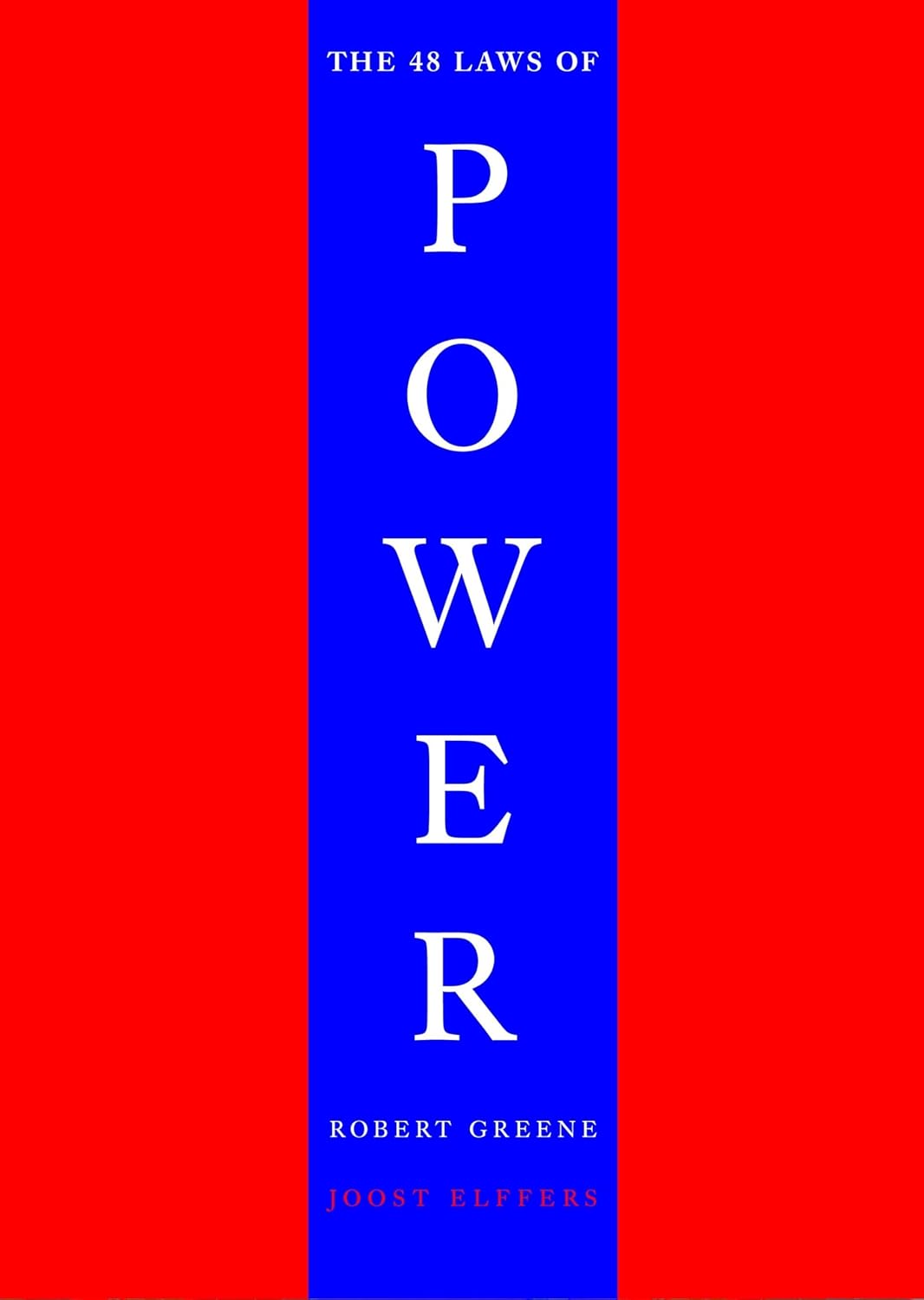LAW 33: Discover Each Man’s Thumbscrew
byLaw 33 of The 48 Laws of Power , titled “Discover Each Man’s Thumbscrew,” emphasizes that everyone has vulnerabilities, weaknesses that can be strategically exploited to gain power and influence. Robert Greene highlights the importance of keen observation, understanding people’s psychological profiles, and identifying their hidden insecurities or desires. These vulnerabilities can be physical, emotional, or psychological, and when recognized and leveraged, they offer opportunities to gain an advantage in interpersonal, professional, or political settings.
The chapter opens with an allegory of a lion and a chamois, showing how pride can make one blind to their own vulnerabilities and the manipulative schemes of others. This allegory introduces the core idea that everyone has a “thumbscrew”, a personal weakness that can be exploited. Greene suggests that understanding and manipulating these vulnerabilities—whether they come in the form of insecurities, unfulfilled desires, or uncontrollable emotions—can provide immense leverage. For instance, in the courts of French royalty, figures like Cardinal Richelieu and King Louis XIII rose to power by identifying and exploiting the personal weaknesses of their rivals, demonstrating how psychological insight into an adversary’s fears or desires can tilt the balance of power in one’s favor. Whether it’s manipulating someone’s vanity, fear, or emotional neediness, recognizing these emotional triggers allows one to gain an upper hand.
Historical figures were not the only ones to apply these strategies—modern examples further illustrate the timelessness of exploiting human weaknesses. Irving Lazar, a Hollywood agent, exemplified this principle by understanding Jack Warner’s vanity, which allowed Lazar to negotiate favorable deals. Similarly, Joseph Duveen, the famed art dealer, capitalized on Arabella Huntington’s insecurities to secure valuable art sales. These examples show that the manipulation of others’ weaknesses is not confined to ancient history but is an ongoing tool in achieving success in various industries. The underlying principle is clear: by understanding human nature and exploiting vulnerabilities, one can advance in power structures, whether in politics, business, or personal relationships.
The chapter stresses that power dynamics are often shaped by one’s ability to identify and manipulate others’ weaknesses. A skilled individual understands the psychological underpinnings of those they interact with, learning how to subtly influence their behavior and decisions. By paying attention to the small details—such as the body language, words, and actions of others—one can begin to see patterns and openings to exert influence. Flattery, for instance, may be used to stroke someone’s ego and make them more malleable to suggestions, or emotional manipulation can fill gaps in someone’s sense of self-worth, offering a pathway to control. Recognizing and leveraging these strategies requires a deep understanding of the human psyche and a strategic approach to interactions.
However, Greene also notes the ethical considerations surrounding the use of these manipulations. While these techniques can be powerful and yield significant rewards, they come with potential consequences if misused. Manipulating others’ weaknesses can foster resentment and distrust, and over-relying on these tactics may lead to unforeseen negative outcomes. Therefore, Greene advises caution, recommending that this knowledge should be used judiciously. The best use of power is not to manipulate others recklessly, but to use these insights with discretion to gain strategic advantages without causing undue harm.
In conclusion, Law 33 teaches that understanding others’ vulnerabilities—whether emotional, psychological, or physical—provides a significant tool in navigating power structures. By honing the ability to recognize weaknesses and strategically exploit them, one can effectively control situations and gain influence. This chapter underscores the importance of human nature and the art of subtle influence, while also cautioning readers to be mindful of the potential consequences of manipulating others. Ultimately, knowledge of human psychology is a potent tool for achieving power, but it must be wielded with care and awareness.


